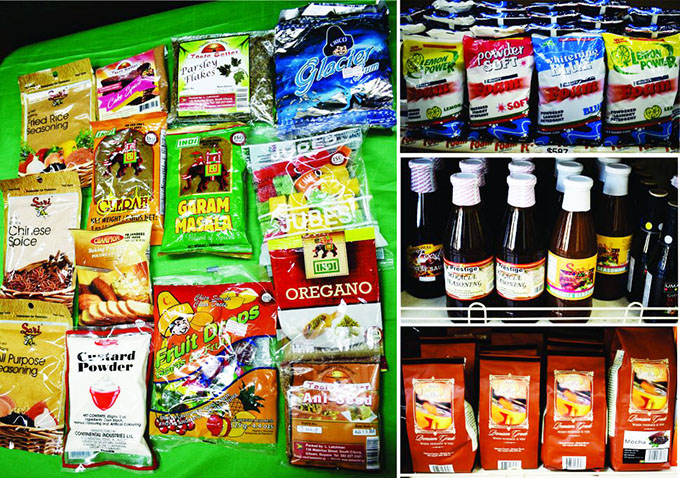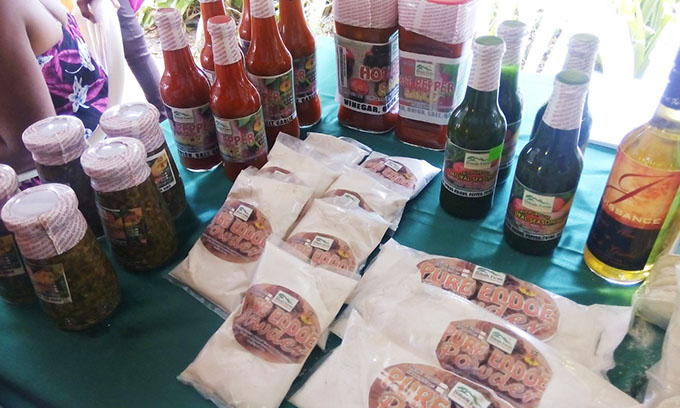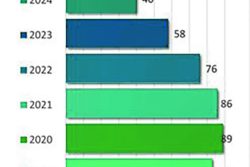While value for money as manifested in proven product quality remains the primary consideration that influences consumers’ purchasing habits, the vast majority of customers who purchase off-the-shelf products, not least food products, are inclined to favour attractively packaged goods which, simultaneously, are offered in sturdy protective custom packaging and, of course, prominent logos. This is perhaps the standout indicator that packaging plays an important role in the product marketing and in the boosting of sales.
As recently as a decade ago, product promotion, particularly for food and cosmetics was commonly placed on public display in packaging that provide a strong incentive for consumers to look the other way. Even now, while product-presentation standards have risen appreciably, some ‘brands’ are denied market acceptance on account of the fact that, for reasons that have much to do with costs, their brands are denied any significant space on display shelves.

A point has now clearly been reached, however, where the importance of packaging cannot be ignored. Product producers are faced with the stark choice of making serious investments in production promotion by ‘upping’ their packaging and labelling standards, or else suffer the consequence of minimal marketing attention. The ‘explosion’ of both agro processing and beauty care products over the past decade has been one of the more significant developments in the small and medium-sized business sectors. These developments have infused a sense of meaning into producers’ – particularly women’s – lives which, in many instances have set their feet on a path to entrepreneurship. While experimentation with fruits, vegetables and indigenous herbs and spices has given rise to significant developments in the agro processing and beauty care industries, those sectors have received a sharp wake-up call upon realizing that those products are, invariably, only as saleable as their packaging and labeling suggests. A great many of these budding entrepreneurs, overwhelmingly women have admitted to the Stabroek Business that discoveries made with regard to sub-standard packaging and labelling had been made only when they ventured outside of Guyana, allowing for comparisons between their own product presentation efforts and those of their competitors from the region and further afield.
The fact that product presentation still lags considerably behind much of the rest of the Caribbean has to do with several factors, not least of which have been:
1. Failure, over a protracted period to recognize the role that
packaging and labelling play in realizing customer appeal;
2. The high costs associated with acquiring suitable packaging and
labeling materials;
3. An overall lack of skills and experience in the area of product
presentation;
4. A persistent failure on the part of government to provide some of
the tools necessary to allow for the significant growth of product
promotion in Guyana;
5. A significant level of indifference among local Business Support
Organizations in providing product promotion-related support to
the agro processing sectors;
6. An indifference among some entrepreneurs to growing beyond a
certain level.
Much, happily, has changed recently. The most significant change, arguably, has been the increase in the number of women who have embraced agro processing and the manufacture of beauty products as full-time businesses. These have found ways in investing in both higher quality packaging materials and in ‘turning out’ creative labeling. Regrettably, those who have failed to do so have simply had to either drop out of the race entirely or to accept the reality of limited patronage.
High-visibility product displays have, to a significant extent, created pressures that have compelled some businesses to ‘step up’ their packaging and labelling standards. The feedback secured by this writer suggests that our local product displays have actually created ‘pressures’ that compel products that are deemed to be lagging behind to ‘get their houses in order.’ Regrettably, feedback suggests that some have decided that they have no stomach (or resources) for the fight.
There has never been a period, up until now, when government has paid studious sustained attention to the sectors discussed in this article. Particularly, it appears that there has never really been any serious official link between the growth of the agro processing and beauty care sectors, on the one hand, and the accomplishment of some level of poverty-alleviation, on the other.
High-quality product presentation demands both high-quality packaging materiel as well as a profusion of creative skills in these areas. We are told that the Guyana Marketing Corporation (GMC) offers services in areas linked to the upgrading of packaging and labelling skills. There is, however, little persuasive evidence that this state agency possesses, in itself, the technical skills to deliver these services.
While it appears that some products originating in Guyana have been able to secure some measure of attention and market appeal, the recent Barbados Agro Fest experience being, perhaps, the most recent examples, the question that arises here is whether or not, given the stage at which we find ourselves at this time, our products are likely to encounter a comparable level of market acceptance amidst much greater ‘competition.’ While the answer to that question is best left to the product producers themselves, what is not in question is that given the importance of the agro processing and beauty care sectors to further job creation and the growth and expansion in what are, in effect, key sectors, failure is not an option.








